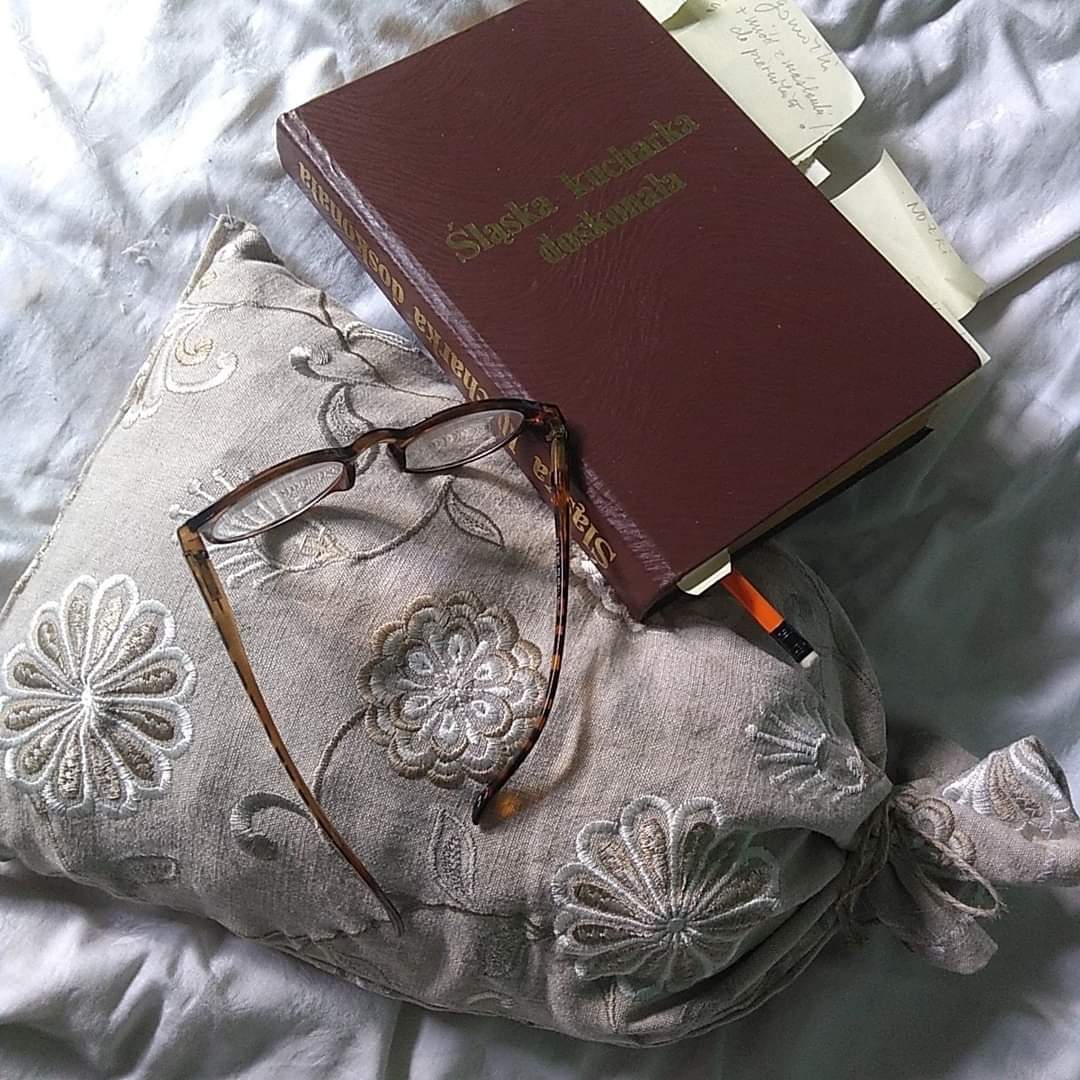Polska kultura pasterska i szałaśnicza (w antropologii kultury i etnologii również jako szałasnictwo i szałaśnictwo) wymaga popularyzacji międzynarodowej, aby nie zanikła, bo wraz z nią zanikną oscypki, redykołki, gołki, bundze i bryndza. Promocję tej sfery polskiej kultury należy prowadzić poprzez promocję nie tylko serów, ale i samych redyków.
Zaskakujące i smutne jest, że polscy i zagraniczni wikipedyści utrzymują wciąż sytuację, w której dla powierzchownych, mniej dociekliwych czytelników nie używających wielonarodowych tłumaczeń, nie ma w tej wirtualnej encyklopedii absolutnie żadnego powiązania między wyrazami REDYK i TRANSHUMANCE. Wszystko dlatego, że niewiele pisze się o polskim dziedzictwie w językach obcych oraz niewiele (albo wcale) pisze się o tych zjawiskach przekrojowo, w kontekście doświadczeń różnych krajów łącząc obszary germańskie, romańskie, słowiańskie (w tym bałkańskie), a także bliskowschodnie, kaukaskie i azjatyckie. Tego typu teksty znamy tylko z publikacji naukowych, które mają niestety skromny zasięg informacyjny. Dlatego wypuszczamy kolejny międzynarodowy artykuł o redyku w polskim pasterstwie, ale w delikatnym kontekście międzynarodowym.
***
It always moves our hearts when we think of transhumance that takes place each year, in Spring (April 23rd) and Autumn (September 29th). In Poland we call it in n easy word: REDYK.The seasonal migrations of herds in pastoral culture of various countries worldwide are all together stunning, very precious and intercultural relicts. Hopefully new men (shephards!) will keep on doing it, but that’s the problem: not many guys are into it. But they all want to eat the sheep cheeses: oscypek, redykolka, golka, bundz and bryndza…
In Poland, some ‘chief shepherds’ called Baca [batsa] still make cheeses using precious raw sheep milk and avoid that fake rennet called microbial (often GMO).
The pastoral rituals are amazing, deep, complexed traditions brought to Poland by Wolosi (Volochs) – it’s well described by cultural anthropologists and ethnologists. These traditions are also old and deep in Hutsul land, Ukraine, Romania. They have stunning cheeses too. Together with Slovakia we all share amazing Bryndza cheesee tradition that was made in special containers – each country has its own type. All Bryndzas from 4 countries are registered in the SlowFood-com Ark of Taste, as being endangered by extinction. Many women make those stunning cheeses too, not only men. So, the pastoral cheeses will hopefully survive, if new men will take on that hard pastoral job.
The intercultural and interteritorial meaning of redyk and pastoralism is reflectd in international names: #transumanza #transhumance #transhumanta #transhumantâ #transhumana The word transhumance comes from French and derives from the Latin words trans ‘across’ and humus ‘ground’. Sadly, Wikipedia “transhumance” doesn’t list Polish redyk (some Wikipedist should fix it): “Transhumance developed on every inhabited continent. Although there are substantial cultural and technological variations, the underlying practices for taking advantage of remote seasonal pastures are similar.”
Cheers to transhumance!
The key words are: TrailingoftheSheep редык pasture pastoral pastore пастухи mountainshepherd nomadism shepherd #shepherdess pastoralism lasttranshumance sheephusbandry thelastshepherds
There’s also long and beautiful tradition of cow seasonal migrations in Alps – the key words are: alpabfahrt alpabzug viehscheid kiekemma
There’s an amazing video of a Romanian director Dragos Lumpan: ☝️ “LAST TRANSHUMANCE”, an artistic, ethnographic and sociological project totaling 11 years, 6 countries, more than 50,000 km traveled, 100,000 photos, 100 hours of footage and 100 hours audio recordings – about shepherds who still practice transhumance:
https://www.behance.net/paulinapietrzak



